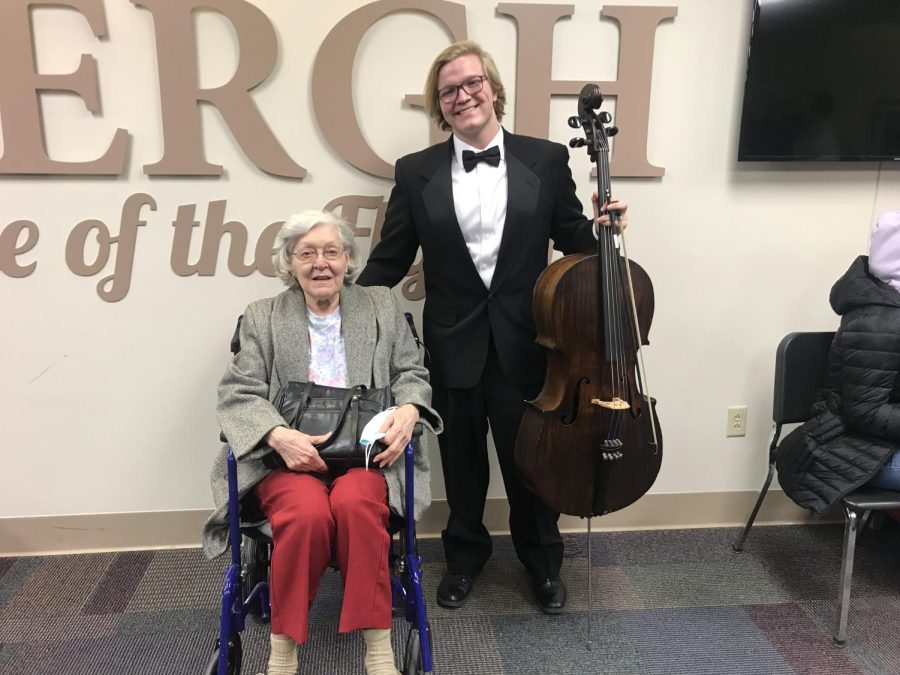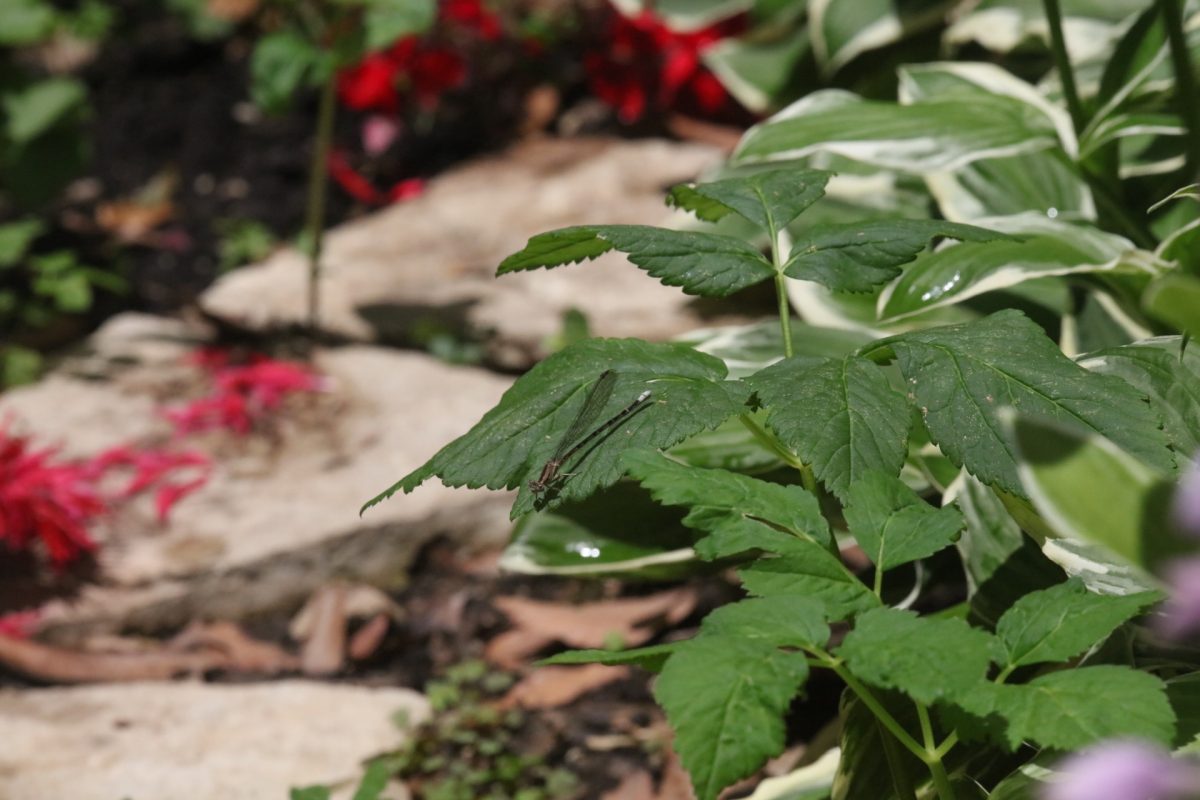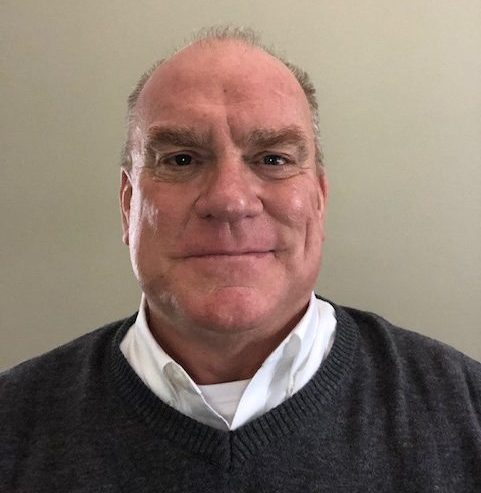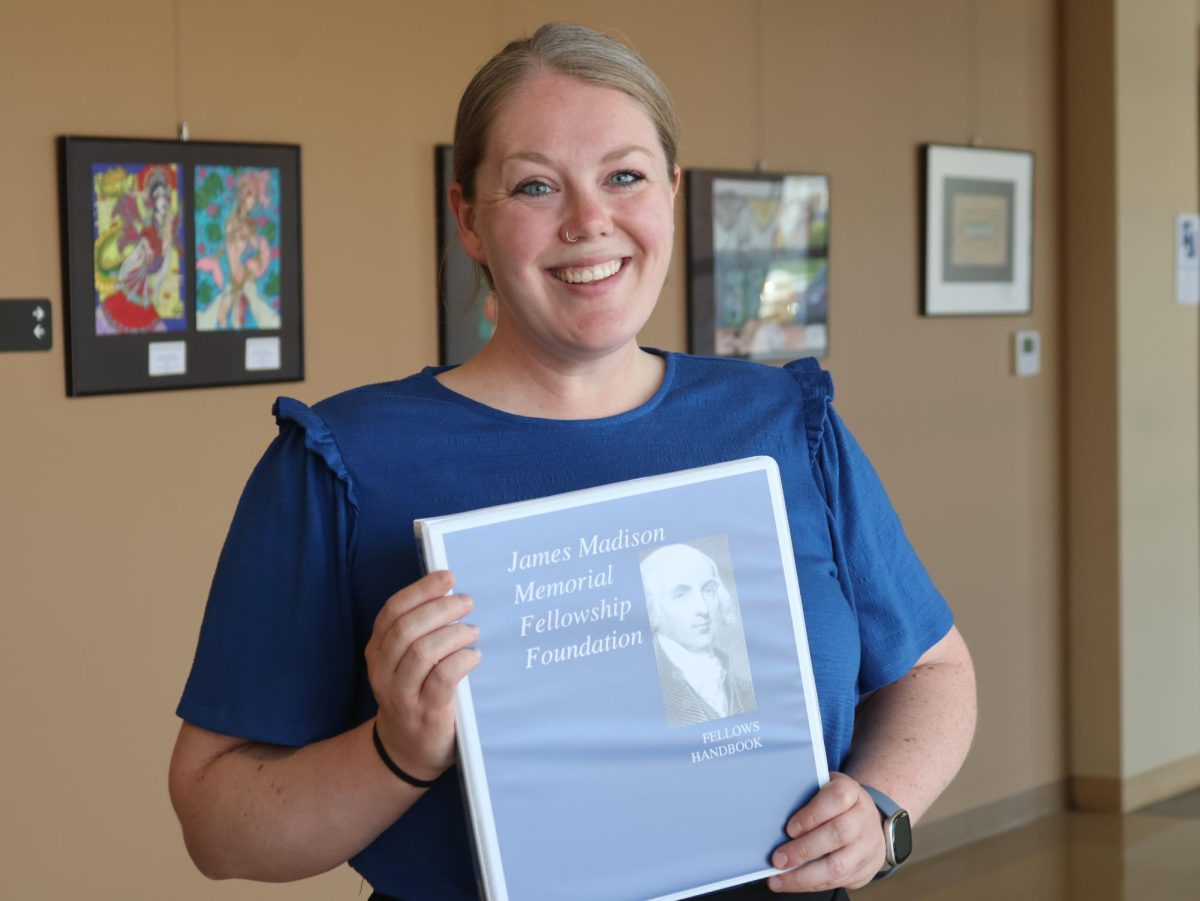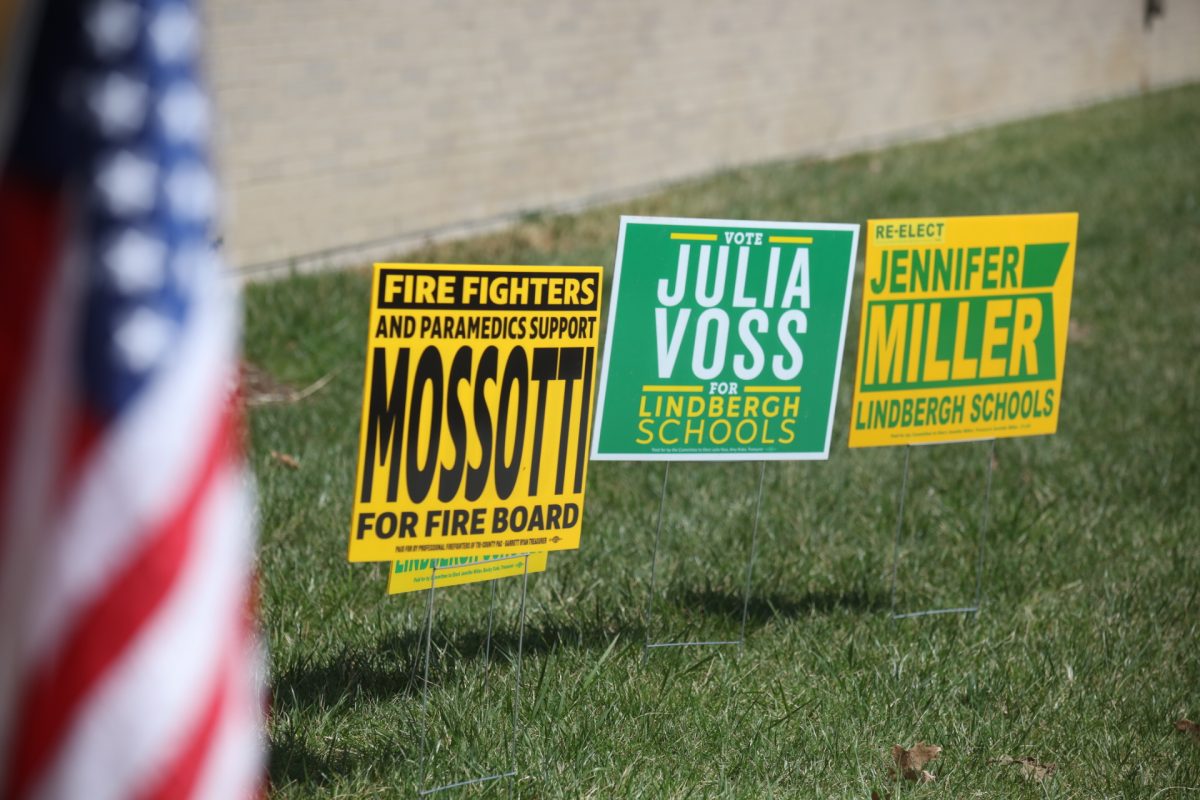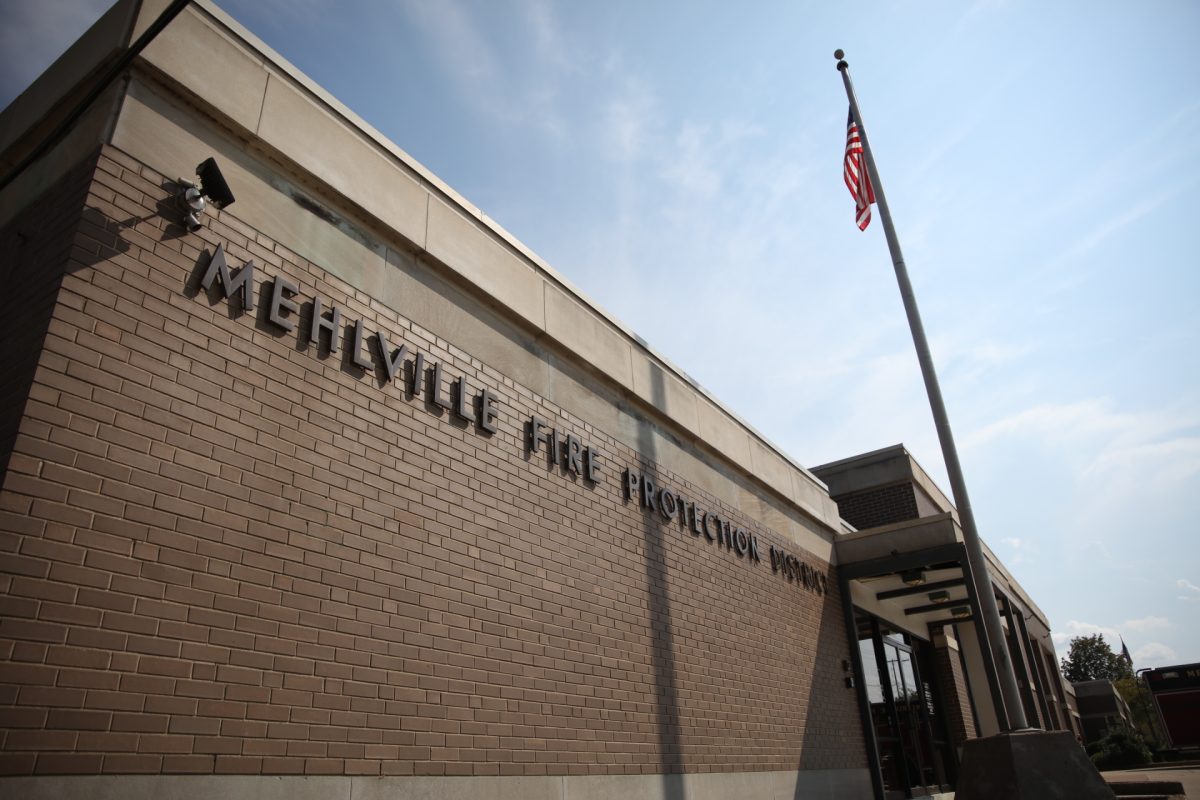Lindbergh senior Jonathan Pence’s passion is finding and restoring instruments into a playable condition, and recently he was able to play one of his projects at an LHS concert Dec. 7.
The project, a cello that was last played in 1943 by Anna (nee Braun) Scott, was handmade in Germany in the late 1800s by a farmer. The cello was purchased by Scott’s father in St. Louis, likely from a German immigrant, for Scott to play in the 1940s and had been in storage since 1944.
Pence purchased the cello for $100 from Scott and began the process of repairing it from an unplayable state. Pence promised to do his best to repair it to a playable condition when purchasing. He said there was a split in the neck, a short end-pin and cracks in a few areas when he purchased it.
Repair of the cello took hours of welding, grinding and finishing, and several attempts at getting the end-pin to a good length. Geoffrey Seitz, local violin maker, helped Pence evaluate the cello and repaired structural problems Pence felt were too risky to attempt to fix.
The cello is the third instrument Pence has repaired, preceded by a 1920s mandolin and a violin he purchased at auction. His passion for woodwork and welding began in his sophomore year shop class.
“I’m constantly building new things. My shop teacher taught me pretty much all my skills,” Pence said.
After repairing the cello, Pence invited the Scott family to his Dec. 7 concert to see it finally played again. Janis Haas, Anna’s daughter, said her family couldn’t believe being able to see the cello in use again.
“We never thought we would get to see our mother’s cello being played,” Haas said. “It was incredible, and my mother lived to see it.”
Haas said it was “divine intervention” to have the cello land in the hands of someone who could repair and play it again. After the concert, Haas told Pence she hoped he could make a good profit from the cello, to which he replied, “I’ll never sell this, this is a treasure.”
The cello is now Pence’s main cello, and he said there was only a small learning curve due to slight size difference from his more modern cello.



